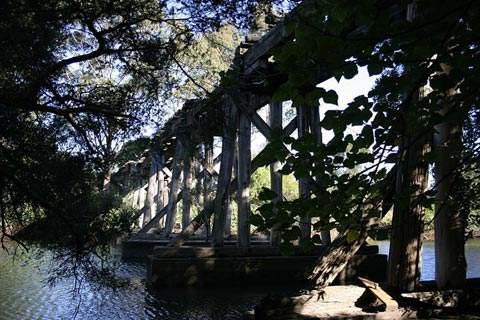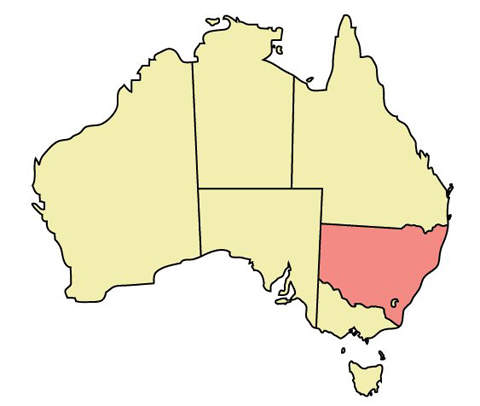In January 2009, the New South Wales (NSW) Department of Planning approved a $100m expansion of Manildra Group's Shoalhaven Starches ethanol plant. This will triple the current production to 300l a year and will help the company cash in on new government guidelines to allow the amount of ethanol contained in unleaded petrol to rise from 2% to 6% by 2010 and to 10% by 2011.
Shoalhaven Starches plant details and history
The Shoalhaven Starches plant produces a range of products for the food, beverage, confectionary and paper producing industries. Ethanol is produced by using the waste from the starch, gluten and syrups sections of the plant to feed fermentation and distillation. It is therefore a critical part of the company's waste water treatment processes. The conversion of sugars into ethanol is a natural fermentation process that takes about 50 hours and requires large storage tanks.
Recently, the federal and state governments have introduced a number of initiatives to increase the use of ethanol as fuel or a fuel additive. In response, Manildra Group plans to increase its ethanol production to meet the demand.
During the current processes a lot of wastewater is produced and sprayed onto the company's 'environmental farm', which is situated to the north of the factory site and stretches over 1,000ha of land. In 2003, the plant received approval to increase the extension of this irrigation site and therefore allowed ethanol production to increase from 100 million litres a year to 126 million litres a year.
Development and expansion
In November 2007, Manildra submitted a planning application to almost triple the output of the plant which was approved in January 2009.
According to the company, much of the proposed increase in production can be accommodated within the existing Bomaderry plant.
To achieve the increased output, the project will include an additional dryer for the starch / gluten production at the plant and additional storage capacity including three additional fermenters, cooling towers and a molecular sieve.
There will also be a new packing plant and container loading area, including a new railway spur line, as well as upgrades to the stillage recovery plant. The latter's upgrades will include five additional dried distillers grains syrup (DDGS) dryers, ten decanters and chemical storage and two evaporators. The project will also involve an upgrade to services to the site such as electricity and natural gas. Within the proposal is the provision of a gas fired co-generation plant.
During the construction phase 100 jobs will be created as well as a further 25 operational jobs at the plant, according to the planning application submitted to the NSW Department of Planning.
The environmental audit has recommends the capture of discharges from the grain silo baghouse, fermenters or coolers to be directed to chemical absorption, biological or thermal treatments.
Environmental issues
The plant has a long history of odour complaints and in 2006 was prosecuted at the Land and Environment Court for causing offensive odour. Included in the expansion plans are odour controls that will include the construction of a wastewater treatment plant and installation of bioscrubbers to control odour sources within the factory.
The NSW department of planning commissioned Holmes Air Sciences to provide an independent assessment of the potential odour impacts of the proposed expansion. It found that the odour control measures are appropriate if a number of approval conditions are met. A formal odour management plan must be adhered to before increased production can begin.
Along with odour control, there is also a wastewater management plan that will ensure that soils at the environmental farm do not exceed the soil quality impact assessment criteria. In addition, because the site is located on a flood plain, storm protection measures have also been addressed.
Starch plant access
As conditions of approval, the company has agreed to build a pedestrian path along the main access road and upgrade street lighting. Before January 2010 it will also have to assess the safety of the rail crossing and make any improvements necessary.






